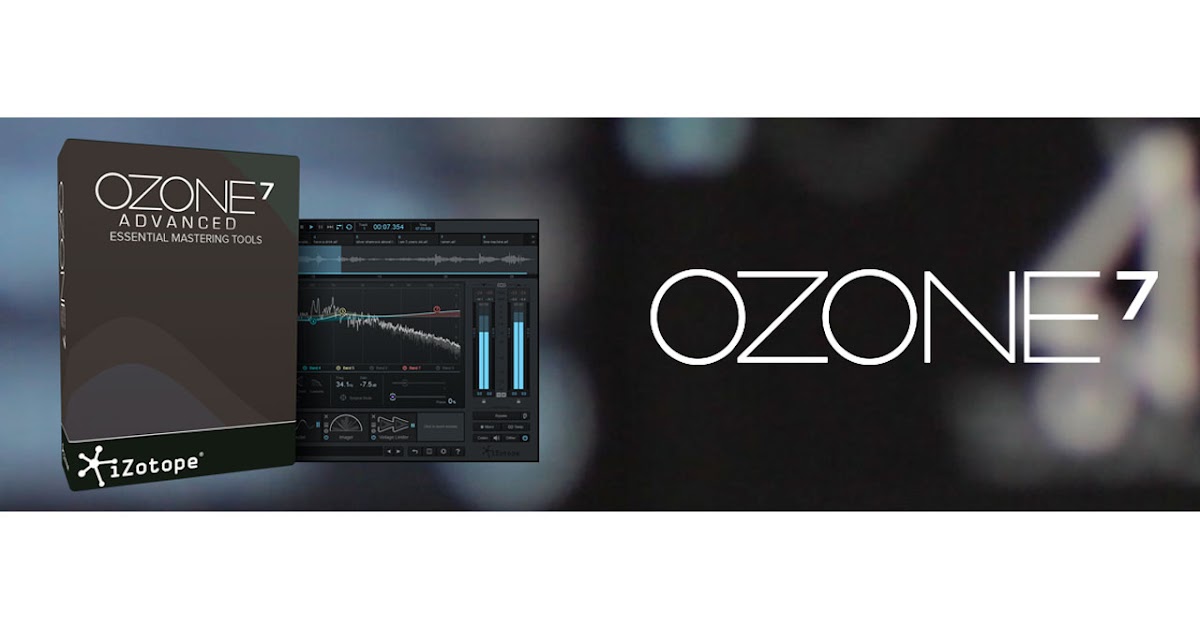

The button in the top center toggles between this view and the Master Assistant. On the right, there’s a master section with input and output level controls, peak/RMS meter, bypass, gain match, mono mode, reference track, and codec and dithering settings. The channel strip always remains visible at the top, just below the preset browser and the buttons for settings, undo and help.

Unfortunately, deactivating individual modules within the Ozone 10 plug-in doesn’t seem to free up any CPU power. That said, the CPU load increases considerably if you use a full set of modules and high-quality settings.

That’s absolutely reasonable if you consider the wide variety of tasks the plug-in processes simultaneously. On my M1 MacBook Pro 13”, I saw CPU loads of 4-5 percent and up, depending on the preset. With a fully loaded mastering channel, the load goes up to about 15-16 percent.

On my Mac Studio, the main plug-in uses upwards of 2 percent CPU in the latest version of Ableton Live 11, depending on which modules and settings are active. Ozone 10 now offers native support for Apple Silicon processors. Installing Ozone 10 on my Mac Studio was a smooth experience without any unpleasant surprises and I was able to choose my preferred plug-in formats during installation.


 0 kommentar(er)
0 kommentar(er)
